-
Industry Topics
- Asset Protection
- Biotechnology
- Corporate Social Responsibility
- Crisis Management
- Diversity, Equity & Inclusion
- Food Assistance Programs
- Food Price Inflation
- Fresh Foods
- Frozen Foods
- Health & Well-being
- Independent Operator
- Labeling
- Labor & Employment
- Nonfoods
- Omnichannel
- Payments
- Pharmacy
- Private Brands
- Supplier Diversity
- Supply Chain
- Technology
- Total Store Collaboration
- Wholesaler
- Workforce
- Research & Insights
- Events & Education
- Food Safety
- Government Affairs
- Get Involved
Food Industry Facts

When you need the facts and you need them now.
Below are topline food industry operations and consumer data culled from FMI’s research reports and supermarket trade publications. Data are updated as figures are released.
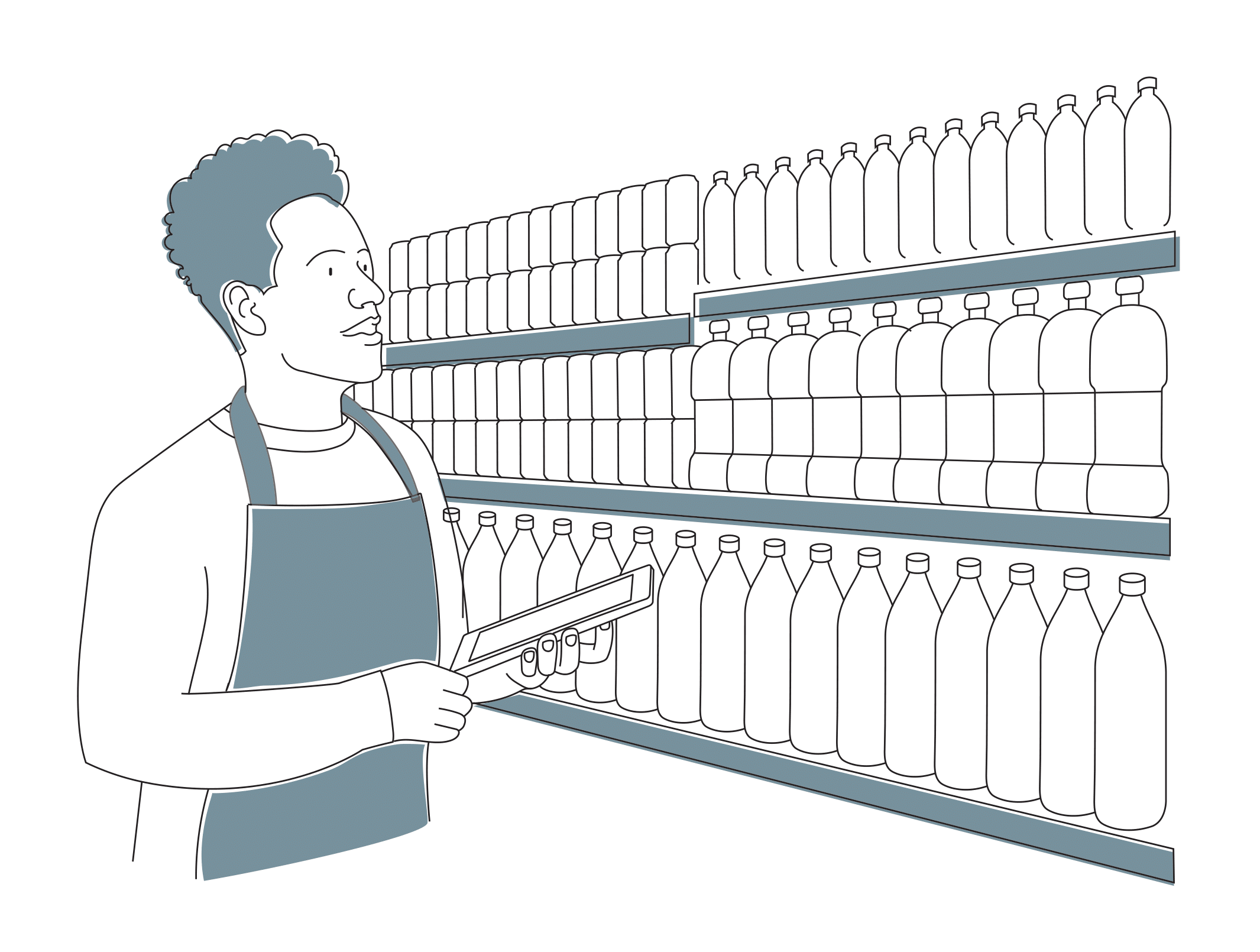

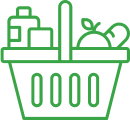



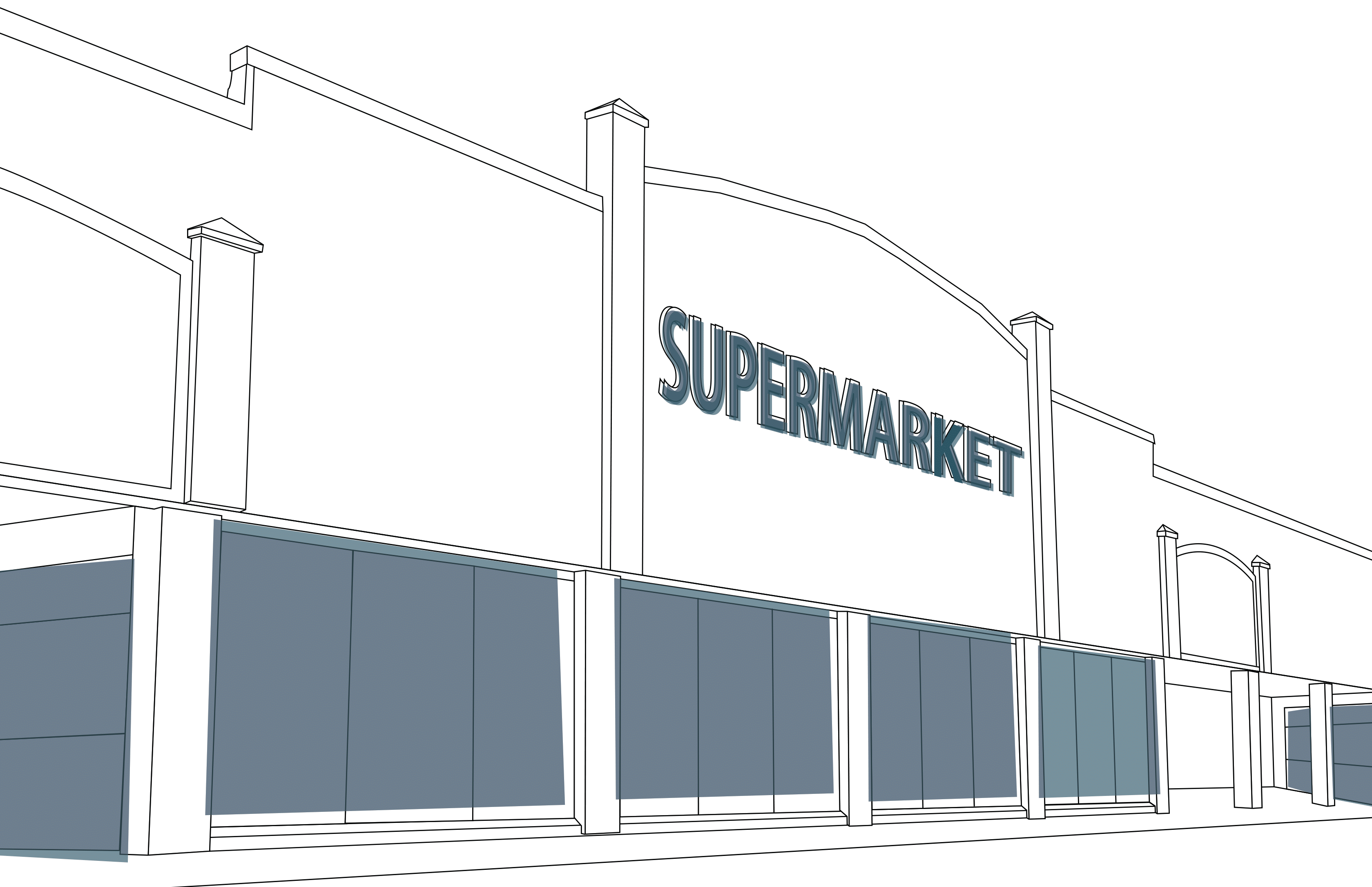

45575
Number of Supermarkets
This includes conventional supermarkets, limited assortment grocery, supercenters, warehouse grocery, conventional club, and natural/gourmet stores, along with military commissaries.
Source: NielsenIQ TDLinx

.png?sfvrsn=aad48584_0)

.png?sfvrsn=aad48584_0)


.png?sfvrsn=723fcb71_0)

.png?sfvrsn=723fcb71_0)

.png?sfvrsn=b124dec9_0&MaxWidth=149&MaxHeight=150&ScaleUp=false&Quality=High&Method=ResizeFitToAreaArguments&Signature=E5ED3F10DDB2821447CAD2CE9F6E787D)
% of disposable income spent on food (2021)
Source: USDA (See Table on Normalized Food Expenditures by all Purchasers)
.png?sfvrsn=b124dec9_0&MaxWidth=149&MaxHeight=150&ScaleUp=false&Quality=High&Method=ResizeFitToAreaArguments&Signature=E5ED3F10DDB2821447CAD2CE9F6E787D)
5.2%
Food at Home
45.1%
Food Away from Home


.png?sfvrsn=5e1ca78d_0&MaxWidth=118&MaxHeight=150&ScaleUp=false&Quality=High&Method=ResizeFitToAreaArguments&Signature=3492B1DC745C96C9E1BFC67977D0E0D9)
Sales per customer transaction (2022)
Source: FMI
.png?sfvrsn=5e1ca78d_0&MaxWidth=118&MaxHeight=150&ScaleUp=false&Quality=High&Method=ResizeFitToAreaArguments&Signature=3492B1DC745C96C9E1BFC67977D0E0D9)
$44.02
In-store
$109
Online
Industry Facts Related Links
Mega Menu
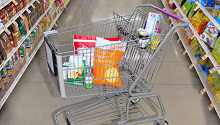 Industry Topics address your specific area of expertise with resources, reports, events and more.
Industry Topics address your specific area of expertise with resources, reports, events and more.
 Our Research covers consumer behavior and retail operation benchmarks so you can make informed business decisions.
Our Research covers consumer behavior and retail operation benchmarks so you can make informed business decisions.
 Events and Education including online and in-person help you advance your food retail career.
Events and Education including online and in-person help you advance your food retail career.
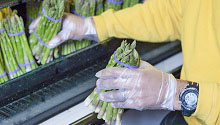 Food Safety training, resources and guidance that help you create a company food safety culture.
Food Safety training, resources and guidance that help you create a company food safety culture.
 Government Affairs work — federal and state — on the latest food industry policy, regulatory and legislative issues.
Government Affairs work — federal and state — on the latest food industry policy, regulatory and legislative issues.
 Get Involved. From industry awards to newsletters and committees, these resources help you take advantage of your membership.
Get Involved. From industry awards to newsletters and committees, these resources help you take advantage of your membership.
 Best practices, guidance documents, infographics, signage and more for the food industry on the COVID-19 pandemic.
Best practices, guidance documents, infographics, signage and more for the food industry on the COVID-19 pandemic.
© FMI All rights reserved.
2345 Crystal Drive, Suite 800, Arlington, VA 22202 | phone: 202-452-8444 | fax: 202-429-4519
Website design by Matrix Group International, Inc. ®
-
fmi-icon-frozen-goods
-
fmi-icon-workforce
-
fmi-icon-certificate
-
fmi-icon-pharmacy
-
fmi-icon-food-safety
-
fmi-icon-asset-protection
-
fmi-icon-education force-icon-3
-
fmi-icon-research
-
fmi-icon-government-affairs
-
fmi-icon-get-involved
-
fmi-icon-industry-topic force-icon-3
-
fmi-icon-labeling
-
fmi-icon-corporate-social-responsibility
-
fmi-icon-payments
-
fmi-icon-crisis-management
-
fmi-icon-private-brands
-
fmi-icon-food-assistance
-
fmi-icon-supplier-diversity
-
fmi-icon-fresh-foods
-
fmi-icon-supply-chain
-
fmi-icon-general-merchandise
-
fmi-icon-technology
-
fmi-icon-health-wellness
-
fmi-icon-total-store-collaboration
-
fmi-icon-Health-Reform
-
fmi-icon-wage-labor
-
fmi-icon-independent-operator
-
fmi-icon-wholesaler-topic
-
fmi-icon-newsroom force-icon-3
-
fmi-icon-tax-reform
-
fmi-icon-about_icon force-icon-4
-
fmi-icon-about_icon
-
fmi-icon-cart
-
fmi-icon-blog_icon force-icon-5
-
fmi-icon-cart
-
fmi-icon-Communications
-
fmi-icon-omnichannel
-
fmi-icon-biotechnology-topic


